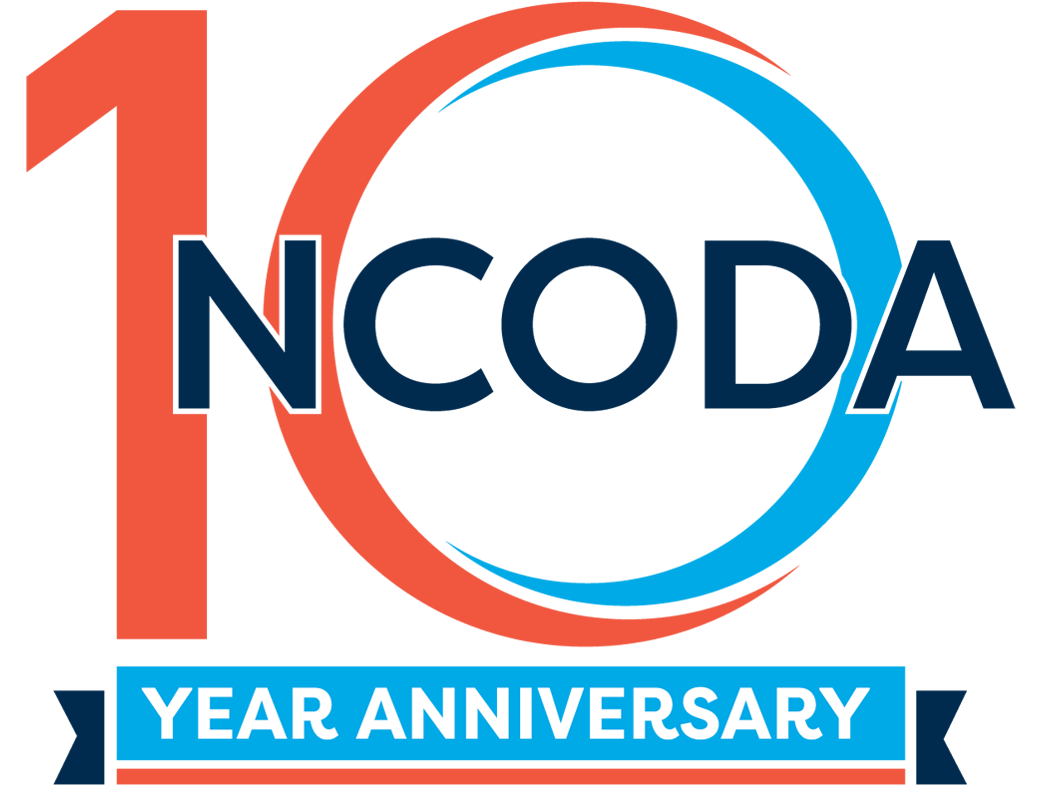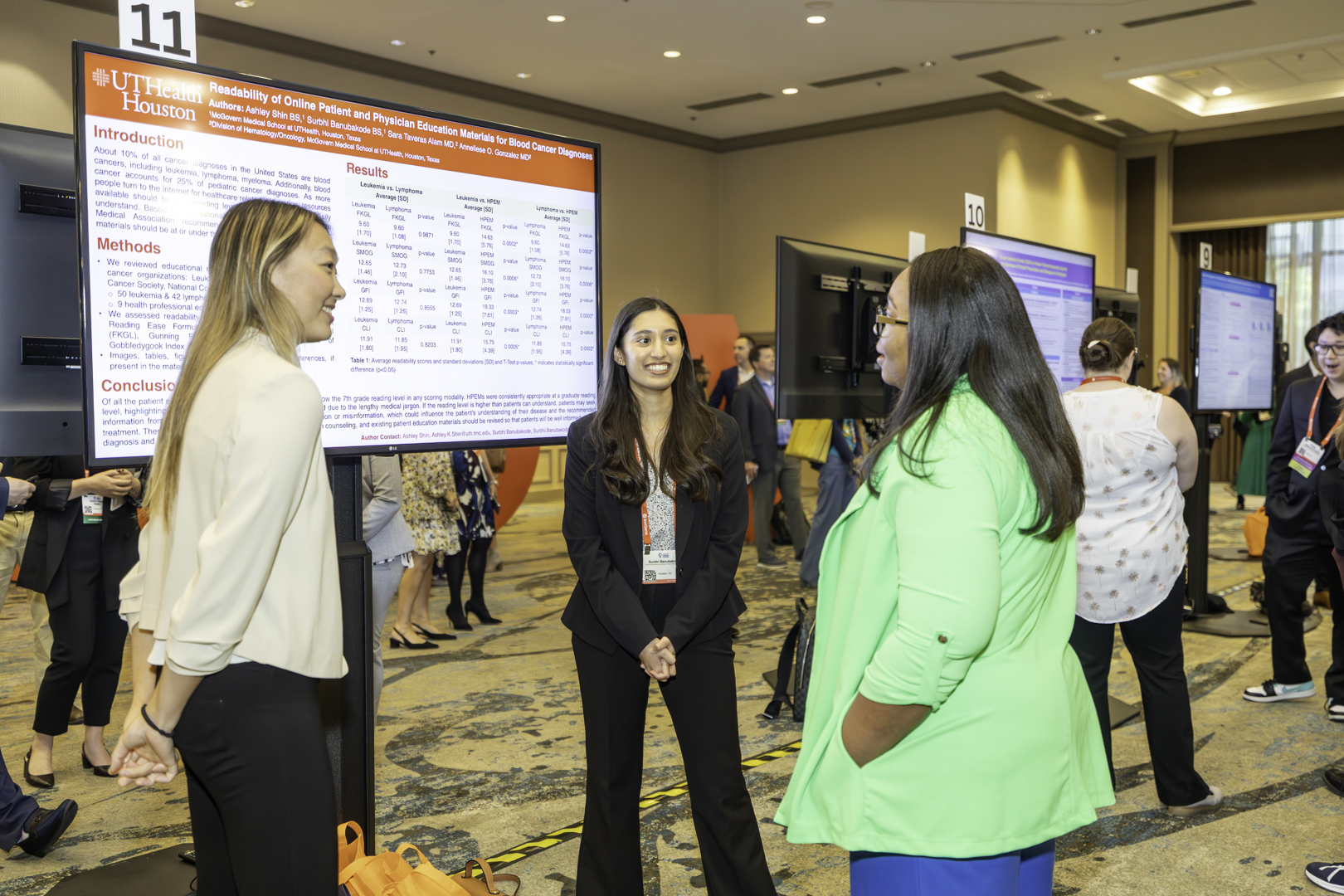2026 International Spring Forum
April 15, 2026 | 12:00 PM EST
NCODA Oncology Institute: Understanding the Ecosystem of Access and Distribution
Published Date: October 6, 2025
Share

Community oncology leaders, payers, distributors and manufacturers gathered at the 2025 NCODA Oncology Institute to hear a panel of experts make the case for expanding Oncology Optimized Limited Distribution (OOLD), a drug access model they said strengthens independent practices, improves patient outcomes and shields treatment from the pressures of pharmacy benefit managers.
The panel brought together voices from across the cancer care ecosystem: Kyle Kitchen, PharmD, of Utah Cancer Specialists, Kyle Verley, MA, MBA, of Prime Therapeutics, Teri Swepston, MBA, of McKesson, and Jason Noto, MBA, of Aveo Oncology. Each argued that ensuring medically integrated dispensing (MID) pharmacies inside practices have access to oncology drugs is essential for patients and for keeping care in community settings.
Each panelist explained how OOLD, which prioritizes dispensing through medically integrated dispensing (MID) pharmacies within oncology practices — offers advantages over traditional networks dominated by PBM-owned specialty pharmacies.
“This is like family up here,” Kitchen joked after introducing the panelists. “We’ve got a manufacturer, a PBM, a network and a practice. That’s the whole ecosystem, and we need to have this conversation together.”
DEFINING THE LANDSCAPE
Kitchen began by walking through the range of distribution systems that manufacturers use when launching new cancer drugs:
- Closed networks restrict dispensing to a handful of specialty pharmacies, often to comply with FDA risk management programs.
- PBM-influenced networks funnel prescriptions to one or two specialty pharmacies favored by the benefit manager, sometimes allowing limited in-office dispensing.
- Open networks give nearly any pharmacy access, including all PBM-owned specialty pharmacies.
- Oncology Optimized limited distribution (OOLD) prioritizes community practice pharmacies, excluding PBM-owned outlets
For practices, the differences translate directly to revenue. Kitchen illustrated with a simple example: if a practice fills all prescriptions for a $1,000-permonth oral therapy, a single patient generates $12,000 in profit in one year. If only 75% of fills remain in-house under a broader network, revenue falls to $9,000. Capture rates for Medicare patients can drop below 50%.
“It’s simple math, but it adds up quickly,” Kitchen said. “That difference can determine whether practices keep their doors open.”
DISTRIBUTOR PERSPECTIVE
McKesson, one of the nation’s largest distributors, has been lobbying manufacturers to include MID pharmacies in their networks. Swepston, who leads McKesson’s MID team, said the company supports more than 200 community sites across 37 states.
“Pre-approval is the best time for a manufacturer to decide on a limited distribution model,” she said. “But even post-approval, we’ve had success.”
She cited last year’s shift of SCEMBLIX® from open distribution to a narrower network including MIDs and two specialty pharmacies, which boosted capture rates. PIQRAY® followed a similar path this year. “We believe patients are best served by integrated dispensaries within practices,” Swepston said. “Adherence is higher, side effects are managed more quickly, and care is coordinated.”
Swepston also warned that PBMs not only steer initial prescriptions but often seize control of refills. “You may only get two months before the PBM takes over,” she said. “That’s a major drain on practice revenue and patient continuity.”
PAYER PERSPECTIVE
Verley, senior director of network management at Prime Therapeutics, described how the insurer has built its own network designed to favor integrated dispensing.
“Our IntegratedRx Oncology network was designed specifically for the integrated dispensing model and has been operating since 2021. If the medication is sent to the in-house pharmacy, this network allows it to stay there,” he said. “We specifically break the traditional pathway of PBM-owned central fill.”
Verley pointed to measurable results: oncology patients treated under the MID model save plans $5,200 per year compared with central fill. Member satisfaction is also dramatically higher, with a net promoter score of 94 compared to 35 for central fills.
“Members love it, the plans save money and physician groups can deliver better coordinated care,” Verley said. “That’s a win for everyone.”
MANUFACTURER PERSPECTIVE
Noto, senior vice president of U.S. market access at Aveo Oncology, said smaller biotech companies like his see OOLD as both a strategic and clinical advantage.
Aveo, acquired in 2023 by South Korea’s LG, launched its renal cell carcinoma drug in 2021 through an OOLD model.
“It was a risk,” Noto said. “Manufacturers worry that PBMs will retaliate if you exclude them. But for us, it’s been a win-win-win — for patients, practices and for Aveo.”
He acknowledged larger manufacturers face dilemmas when launching a new drug in OOLD while maintaining other products in open distribution. “How do you tell your PBM partners you’re changing direction for one drug when you have 10 others in their network? That’s a tough conversation,” he said.
Noto argued that more companies must push forward despite the risk, particularly as government reimbursement cuts squeeze independent clinics. “Community practices are where patients want to be,” he said. “If we don’t support them, they’ll be absorbed into hospital systems, and access will shrink.”
“We’re all still figuring this out, but the evidence is clear that Oncology Optimized Limited Distribution is better for patients and better for practices.” – Kyle Kitchen, PharmD, Utah Cancer Specialist
CLEAR BAGGING RAISES NEW QUESTIONS
The panel also debated “clear bagging,” a growing trend in which drugs normally billed under the medical benefit are dispensed by a pharmacy and billed under the pharmacy benefit.
For practices, the shift can boost margins because pharmacy contracts often reimburse at higher rates than medical benefit claims. Drugs such as injectables and hormone therapies are increasingly moving this way.
Kitchen said the approach has upside but also workflow challenges. His 12-site practice relies on a small pharmacy team in one location. “Triaging medical claims to one team for the entire network is a huge burden,” he said.
Verley said Prime is open to clear bagging models and already reimburses some oncology drugs through cost-plus arrangements. But coverage can vary by employer plan, he noted.
Swepston urged caution. “It may look favorable for one drug and one plan, but not for another,” she said. “It’s very hard to standardize. And shifting too much to the pharmacy side gives PBMs more visibility into costs, which carries its own risks.”
PATIENT IMPACT
While much of the session focused on economics, panelists repeatedly emphasized that patient care is the ultimate reason for pursuing OOLD.
Kitchen cited multiple studies:
- At Mayo Clinic, initiation of palbociclib was six days faster when dispensed by in-practice pharmacies compared with PBM-owned specialty pharmacies.
- A Vanderbilt study found internal dispensing avoided $366 to $1,931 in wasted drug per fill by preventing shipments during dose holds or discontinuations.
- Medication possession ratios — a measure of adherence — approach 100% in practice-based pharmacies, compared with the low 90s elsewhere.
“Patients benefit from better side effect management, quicker access, and financial help that outside pharmacies often miss,” Kitchen said. “That’s why this model matters.”
Swepston agreed. “We’re all driven by evidence-based care,” she said. “The data clearly support optimized limited distribution.”
LOOKING AHEAD
The panel closed with questions from pharmacists in the audience about managing clear bagging communication and ensuring patients understand their role.
Kitchen said his practice coordinates between prior authorization staff on the oral and infused sides, creating lists of target drugs and payers favorable to clear bagging. “It’s not perfect, but it keeps patients from falling through the cracks,” he said.
Patients are always informed, he added. “Our team calls to explain coverage and costs before dispensing. If out-of-pocket costs are too high, we keep the drug under the medical benefit.”
Noto called for more collaboration “Once manufacturers set up a limited network, the partnership has to extend to fair contracts and ongoing utilization,” he said. “That’s how we build sustainable models.”
For Kitchen, the takeaway was straightforward. “We’ve talked a lot about revenue, but at the end of the day, integrated dispensing means patients start treatment sooner, stay on treatment longer, and avoid unnecessary costs,” he said. “That’s why we believe in it.”






